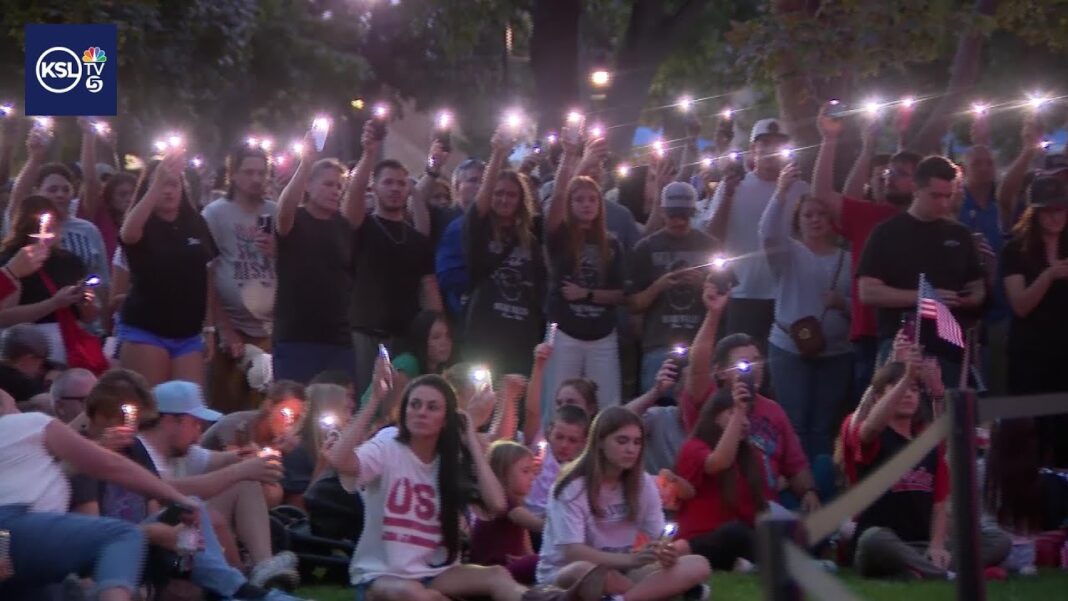The change could result in significant decreases in certain health conditions, including obesity and stroke, in the country, researchers found.
Adopting a permanent standard time in the United States rather than changing times biannually is a healthier option for Americans, according to a Sept. 15 peer-reviewed study published in the PNAS journal.
“Seasonal changes in time policy, such as switching between Standard Time (SDT) and Daylight Saving Time (DST), have been adopted by many countries, including the United States,” the study’s authors from Stanford University said. “While transitioning between SDT and DST has notable acute negative population health impacts, the chronic impact of these time policies on health has not been well evaluated.”
Researchers looked at how SDT, DST, and biannual shifting between these two time setups affect people’s circadian rhythms and health. Circadian rhythm is a person’s innate 24-hour clock that regulates several physiological processes in their body.
The study found that continuing with biannual shifting “produces a greater burden on the circadian system” compared to adopting permanent times.
If the country were to adopt SDT as the permanent time, the prevalence of obesity would fall by 0.78 percent and stroke by 0.09 percent compared to the current biannual shifting policy, it said.
“These seemingly small percentage changes in common conditions would amount to 2.6 million fewer people with obesity and 300,000 fewer cases of stroke” per year, science writer Nina Bai from Stanford’s Office of Communications wrote in a Sept. 15 article on the study.
If DST were to be made permanent, gains would still be made, but smaller compared to permanent SDT. In such a situation, obesity dips by 0.51 percent or 1.7 million individuals, while incidents of stroke decline by 0.04 percent or 220,000 cases, said the statement.
“Our data, reflecting the impact of time policy on circadian burden and subsequent health benefits, support the cessation of [biannual shifting],” researchers wrote in the study.
Making SDT time permanent would result in more light in the mornings, while a permanent DST time gives more light in the evenings.
Jamie Zeitzer, a professor of psychiatry and behavioral sciences and senior author of the study, said that people generally require more light in the morning and less during the evening to keep their circadian rhythm well synchronized to a 24-hour day.
“When you get light in the morning, it speeds up the circadian cycle. When you get light in the evening, it slows things down,” he said.
“The more light exposure you get at the wrong times, the weaker the circadian clock. All of these things that are downstream—for example, your immune system, your energy—don’t match up quite as well.”
Despite the findings of the study, Zeitzer warned against taking these results as the final word on the issue.
Researchers did not take into account several factors, such as weather, human behavior, and geography, which could influence light exposure in real-world conditions, according to the Stanford article.
The study assumed people followed circadian-friendly light exposure habits, such as sleeping between 10 p.m. and 7 a.m. and getting sunlight exposure before and after work as well as weekends, it said. However, people’s actual schedules tend to be erratic.
“People’s light habits are probably much worse than what we assume in the models,” Zeitzer said. “Even in California, where the weather is great, people spend less than 5 percent of their day outside.”
The study received a grant from the National Institutes of Health. Both authors declared no competing interests that affected the study.







